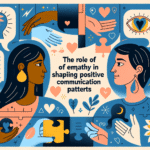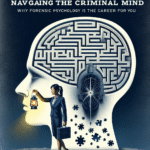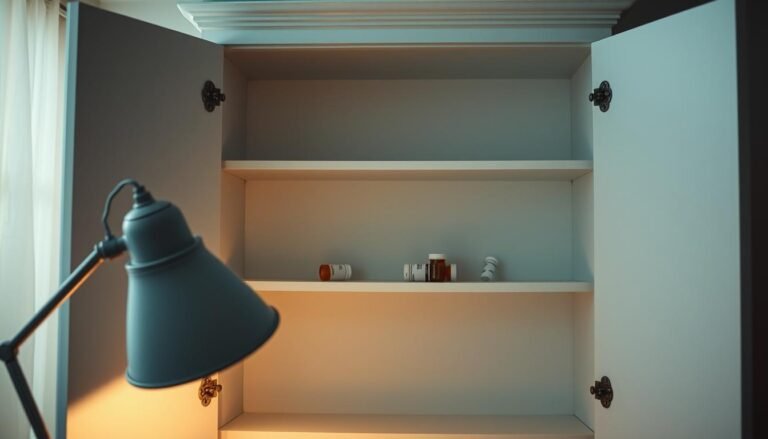
Art Therapy 101: Proven Techniques for Emotional Healing and Personal Growth
Introduction
In a fast-paced world where stress, anxiety, and emotional struggles are commonplace, finding effective methods for emotional healing is more important than ever. Enter Art Therapy 101: Techniques for Emotional Healing and Personal Growth—a unique blend of creativity and psychology that allows individuals to explore their feelings, express themselves, and, ultimately, heal. This article will delve into the fundamental aspects of art therapy, showcasing its techniques, real-world applications, and the profound impact it can have on personal growth.
Understanding Art Therapy
What is Art Therapy?
Art therapy is a therapeutic practice that uses art-making as a vehicle for personal expression and healing. Trained art therapists guide individuals in creative processes that can help individuals communicate feelings they may struggle to express through words. Art therapy is not merely about creating aesthetically pleasing art; it’s about the journey and the emotional revelations that come with the experience.
The Foundations of Art Therapy
Art therapy is rooted in the mental health and artistic discipline, built on several critical elements:
- Creative Expression: The act of creating art allows individuals to process emotions in a non-threatening way.
- Therapeutic Relationship: The connection between the therapist and client fosters trust and safety, encouraging deeper exploration of emotions.
- Integration of Art and Psychology: Techniques developed from psychological research are used to interpret and guide artwork toward healing.
Techniques for Emotional Healing and Personal Growth
1. Drawing and Painting
One of the most straightforward avenues in art therapy is drawing and painting. This technique encourages individuals to express feelings visually without the pressure of creating a masterpiece.
Real-world Application:
For instance, a client dealing with trauma may use colors that reflect their emotional state—dark shades for sadness and bright hues for joy. Such artwork can lead to meaningful conversations during therapy sessions, as it opens doors to discuss complex emotions.
2. Collage Creation
Collage-making involves piecing together images from magazines, photographs, and various materials to form a cohesive artwork. This technique allows for exploration of identity and self-perception.
Case Study:
Consider the case of a young adult grappling with self-identity after transitioning to adulthood. By creating a collage that reflects their aspirations, fears, and experiences, the individual gains insights about themselves, visualization of future goals, and a sense of control over their life narrative.
3. Sculpture and 3D Art
Working with three-dimensional media can engage different cognitive and tactile skills. Sculpting with clay or found objects can serve as a tactile way to release emotions that might feel overwhelming.
Analysis:
A case where a client forms a sculpture represents a shield—a personal protector against emotional harm—illustrates the therapeutic process of creating tangible representations of feelings, which can lead to empowering discussions about boundaries and self-esteem.
4. Art Journaling
Art journaling combines writing and art-making, providing a cathartic outlet for feelings. Participants create a visual diary where words, sketches, and mixed media come together.
Practical Insights:
This method is particularly beneficial for those who find verbal expression challenging—a sentiment echoed by many clients. Journaling provides a safe space for reflection, which fosters emotional clarity and growth.
5. Mindfulness and Art
Incorporating mindfulness into art practices emphasizes being present in the creative process. Techniques such as using controlled brush strokes or focusing on specific colors encourage a meditative state.
Reflections:
A pilot program running mindfulness-based art therapy found significant improvements in participants’ anxiety levels, showcasing the dual benefits of mindfulness and creativity for emotional healing.
The Role of Art Therapists
What Does an Art Therapist Do?
Art therapists are trained professionals who guide individuals through the artistic process while facilitating emotional exploration. They provide a structured environment where clients can:
- Engage in creative expression
- Interpret their works
- Discuss the emotional experiences connected to their art
Importance of Professional Guidance
While the techniques of Art Therapy 101: Techniques for Emotional Healing and Personal Growth are accessible, working with a professional ensures that individuals are supported throughout their healing journey and can navigate complex emotions more effectively.
The Impact of Art Therapy
Emotional Benefits
Engaging in art therapy can lead to several emotional benefits:
- Improved Self-Expression: Provides an alternative avenue for communication.
- Enhanced Self-Awareness: Promotes reflection and insight into emotions.
- Healing from Trauma: A safe outlet for difficult feelings related to past experiences.
Personal Growth
Art therapy not only aids in processing emotions but also promotes personal growth. As individuals explore their artistic abilities, they often discover resilience, creativity, and strength within themselves.
Success Stories
Case Study:
A woman suffering from severe depression began attending art therapy sessions. Initially resistant to express herself, she gradually created a series of paintings that documented her emotional journey. Over time, her artwork shifted from dark, chaotic images to vibrant, organized compositions, mirroring her path toward healing.
Common Concerns About Art Therapy
1. Do I need to be an artist to benefit from art therapy?
Absolutely not! Art therapy is about expression, not skill. Everyone can engage in creative practices, and the focus is on the process, not the final product.
2. How long does it take to see results from art therapy?
Results vary by individual, but many people report feeling lighter and more reflective after just a few sessions. The key is consistency and openness to the process.
3. Is art therapy suitable for children?
Yes! Art therapy is particularly effective for children, as it allows them to express emotions they may not have the vocabulary to articulate.
4. What materials are used in art therapy sessions?
Therapists may use a range of materials such as paints, pastels, clay, and even digital tools. The choice of materials often depends on the client’s interests and therapeutic goals.
5. How can I get started with art therapy?
Consider seeking out a licensed art therapist in your area or exploring workshops. Many community centers and mental health clinics offer art therapy sessions.
Conclusion
Art Therapy 101: Techniques for Emotional Healing and Personal Growth opens a world of possibilities for those seeking solace and self-discovery. By utilizing creative practices, individuals can not only find release from emotional burdens but also explore personal growth in unique, transformative ways. Embrace the therapeutic power of art, and let your creativity guide you on your journey toward healing and fulfillment.
Takeaway
While the journey of emotional healing is deeply personal, art therapy stands out as an accessible and profoundly impactful means to foster emotional wellness. Remember, it’s not about the end product but the exploration and experience along the way. Dive into the world of art therapy and allow your creative spirit to flourish!

















